Estimated reading time: 07 minutes.
September/2014 - The AF-S 50mm f/1.4G is the latest generation of the classic Nikkor prime. Extremely popular in the 60′s, 70′s and 80′s, it was the perfect kit with the F2 and F3 SLRs, ensuring excellent brightness at maximum aperture and that short depth of field look that only top cameras could do. Easy to build with superb image quality, these designs have withstood time with the same optical formula, no matter other advances such as auto focus. The 50mm f/1.4D (1993), for example, was the last 7 elements Nikon, an almost three decades project. It was only in 2008 with the launch of the f 1.4G we saw a new design with 8 elements, suitable for digital cameras.
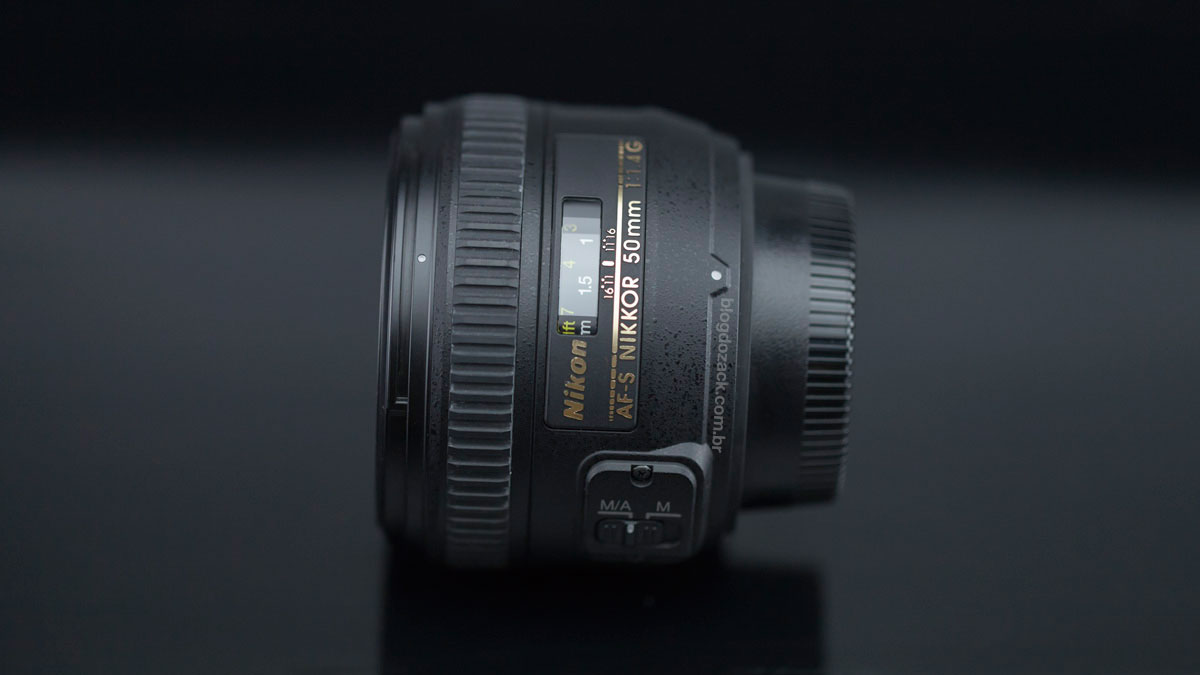
At 7.3 x 5.3cm of 281g the 50mm f/1.4G is the “happy shoot” experience at its best. It is so light on the camera it does not feel like we’re carrying a large aperture prime. It is strange to compare it to some recent releases that border the 1kg barrier (I’m talking to you, Sigma!), because it feels like missing glasses. But it is nonetheless a top of the line AF-S Nikkor and pleases both who uses FX metal bodies, in my case the D800E, which is super easy to carry all day; or APS-C owners (like the D3300), that also balances well. Even the shoulder straps I almost never use become appropriate to walk with the camera. It is a happy day when I go out with the 50mm f/1.4G.
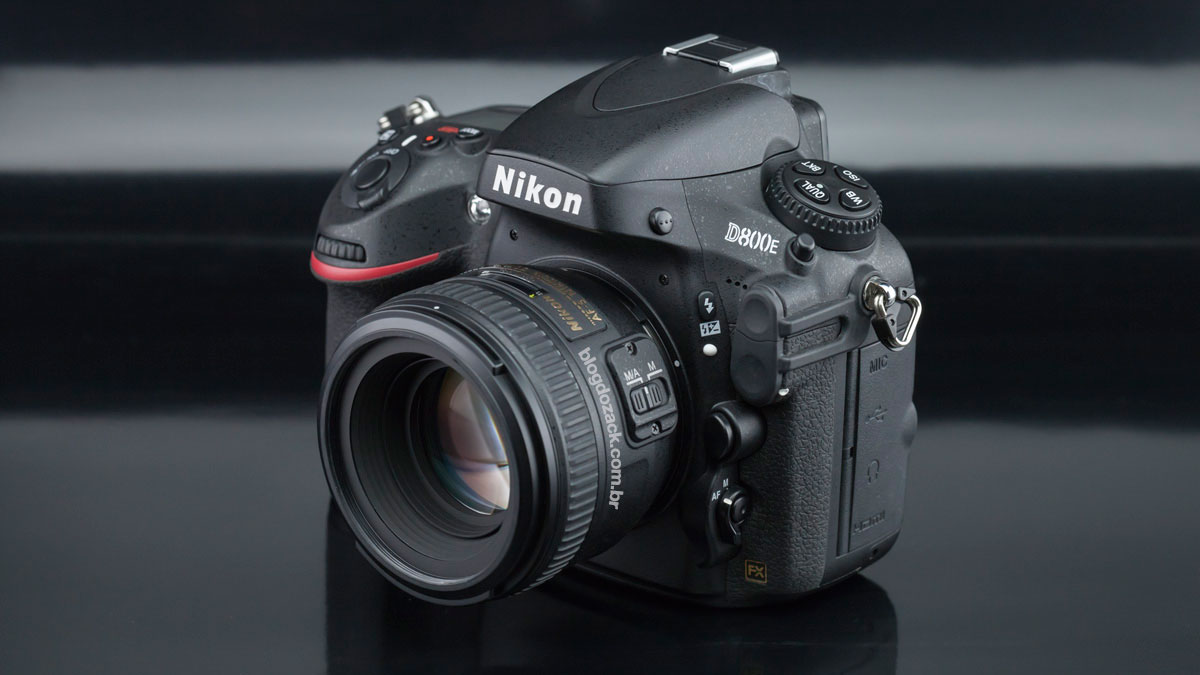
A genuine “G” lens, the AF-S 50mm f/1.4 looses the mechanical aperture ring and it’s completely electronic. The internal AF motor is compatible with every Nikon DSLR, no need for an in-camera AF motor. And the aperture is controlled in camera, with greater precision from shot to shot. The lens barrel is made of plastic and there’s a rubber gasket around the metal mount. It’s a very straight forward design and other f/1.4G lenses look very similar, from wide to short telephoto.
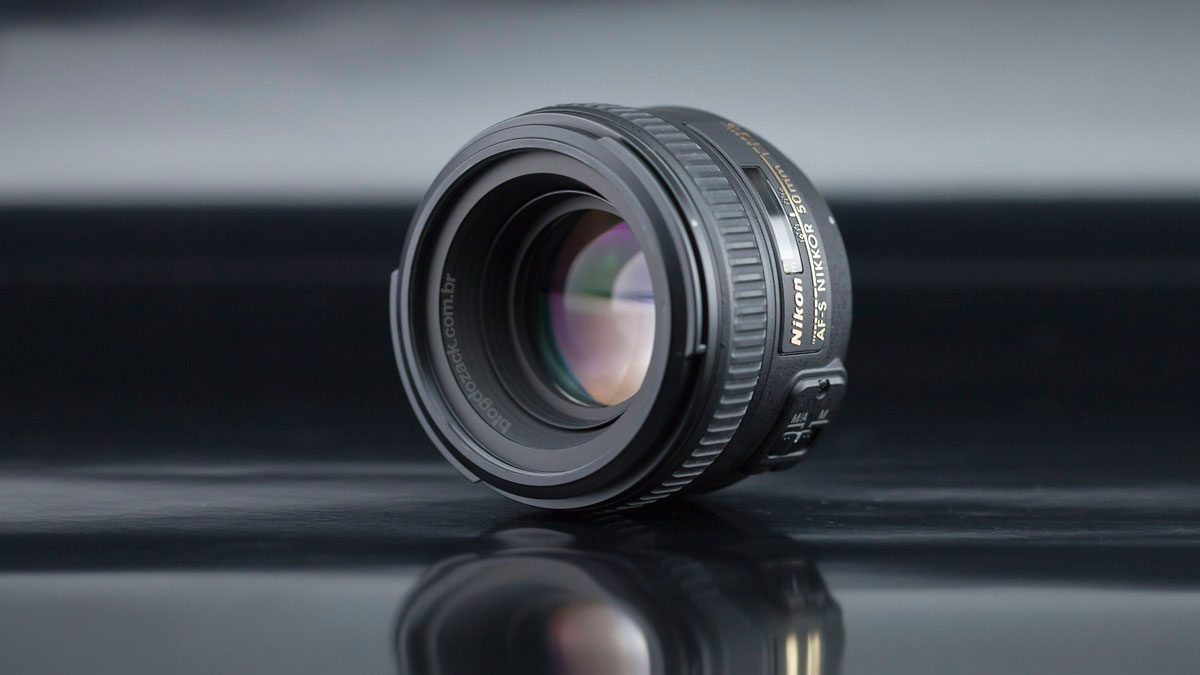
There’s a single manual focusing ring and a M/A switch for autofocus. Unfortunately the ring is a bit tough to the touch and feels very “dry”; a plastic on plastic feedback, lacking the softness of more expensive lenses. On the other hand it has no play when changing direction and fine adjustments can be made without problems. The AF is done by an absolutely silent SWM motor and this is one of the highest precision f/1.4 AF I’ve used. Mounted on the D800E I didn’t have any out of focus files, no matter the light and contrast situation; no Live View required at f/1.4 like some Canon’s
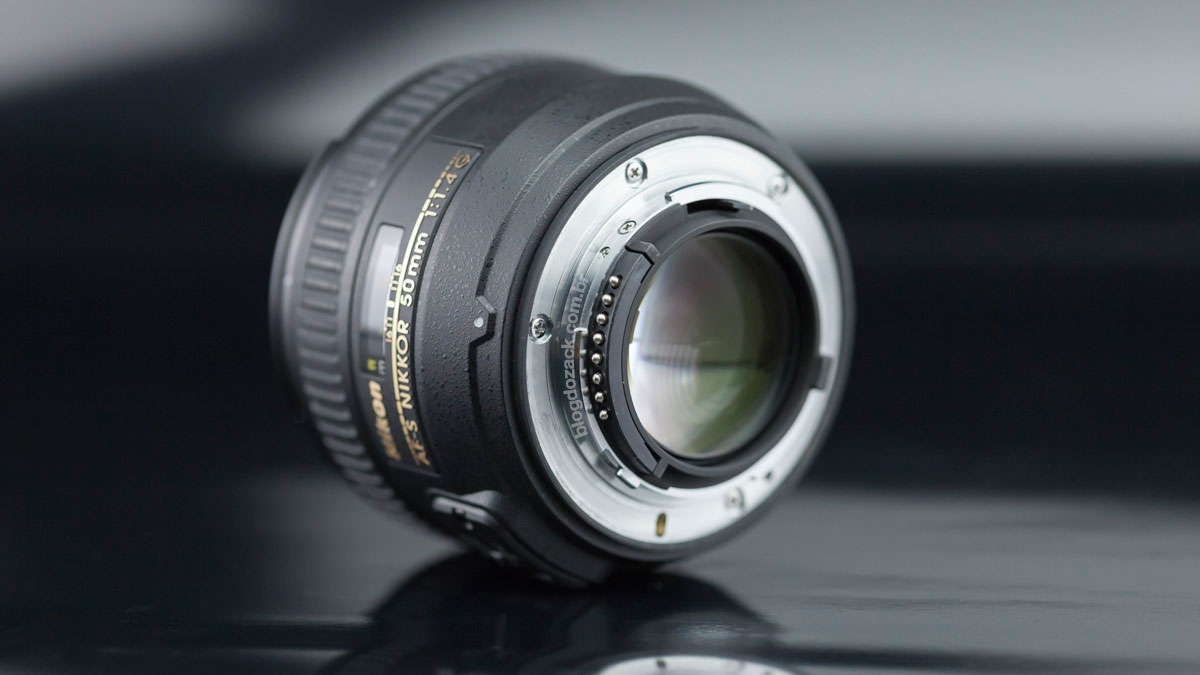
While it will not win any awards in speed, it also did not have any issues with slow focus. It’s great for spontaneous street photography, just hit the AF-ON button and it locks in place. At the top we have a very timid distance window; ø58mm filters at the front; lens hood and pouch included in the box; and a nice US$425 price tag. It’s very similar to Canon’s EF 50mm f/1.4 USM but that lens comes stripped down, with no accessories. And at almost two decades without an update, it is clear that Nikon offers a much more aggressive product, with more bang for your buck.
It was not hard to fall in love with the AF-S 50mm f/1.4G after a two weeks vacation to Hawaii, Bali, Taiwan, Japan… And with the D800E, no subject is uninteresting on its 36MP files. Use it with a light, easy to use lens, and I had 20 of my best photography days. It became irreplaceable on my kit because it beautifully captured some of my favourite moments. It got me inspired to shoot some of my best files in Asia, where is never short of interesting subjects. All photos with the D800E.
As I said on vlog do zack, I don’t know what Nikon does to its optical formulas that the raw performance leaves much to be desired, with no top of the line resolution, sharpness nor detail rendering wide open. And coming from Canon, no other brand can quite match its colour science. But the files I got from the 50mm f/1.4G were so full of personality, that it just kept remembering me why I learned photography on a Nikon F3. These are ultimate creative expression tools.
At f/1.4 the images suffer from some blooming, that is the light leakage on contrast zones. This interferes on the details and photos look like a dream. But the contrast and the colors are not affected by it, adding a characteristic vignette wide open on the full frame, giving some of the most beautiful pictures that the digital format can do. Don’t get me wrong: files have good resolution wide open. But considering what Sigma delivered on the Art series, the Nikon seems shortsighted.

100% crop, some lack of sharpness due to astigmatism.
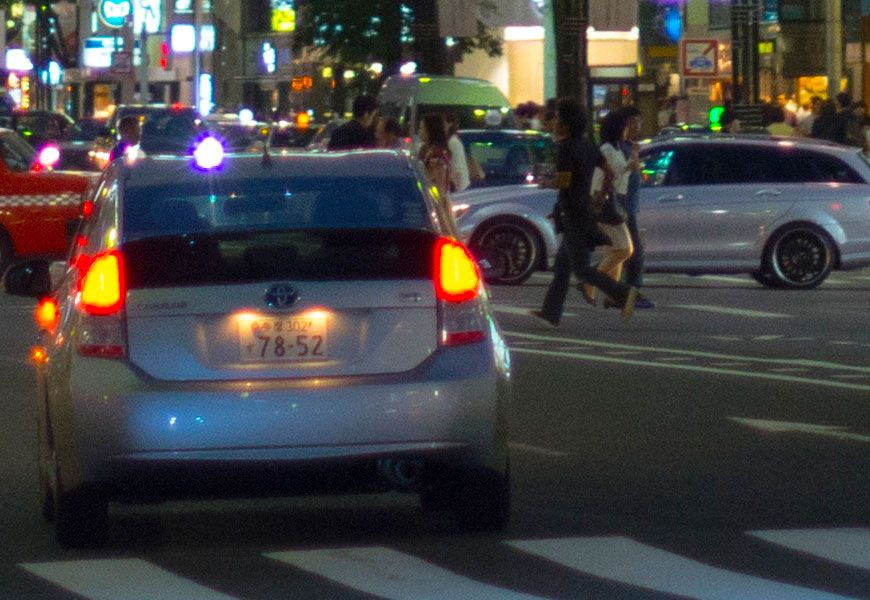
100% crop, an obvious dreamesque feel on the highlights.
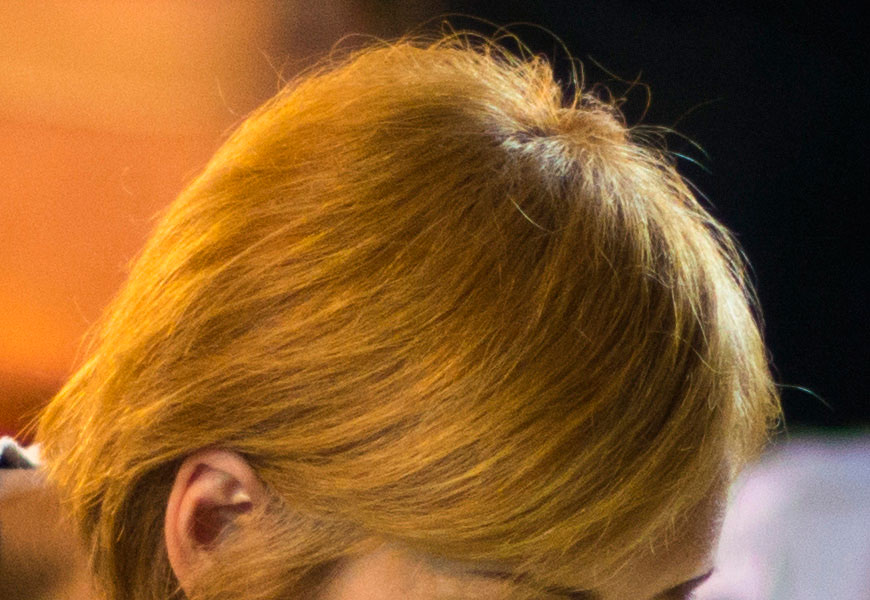
100% crop, but the details are there, besides the lack of sharpness.
We don’t have to stop it down further than f/2 for excellent street photography sessions. The blooming is almost completely gone and contrast edges look razor sharp around the frame. It’s great for graphic subjects or to isolate your subject using opposite colours. Printed large, these files are impossible to reproduce with compact cameras. It’s mandatory for Nikon street shooters.
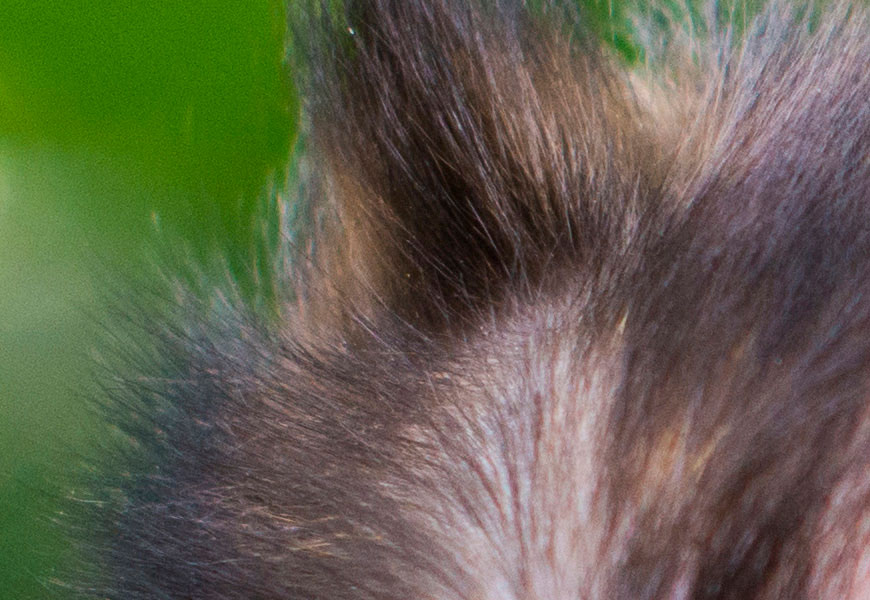
100% crop, the details are all there on animal fur.
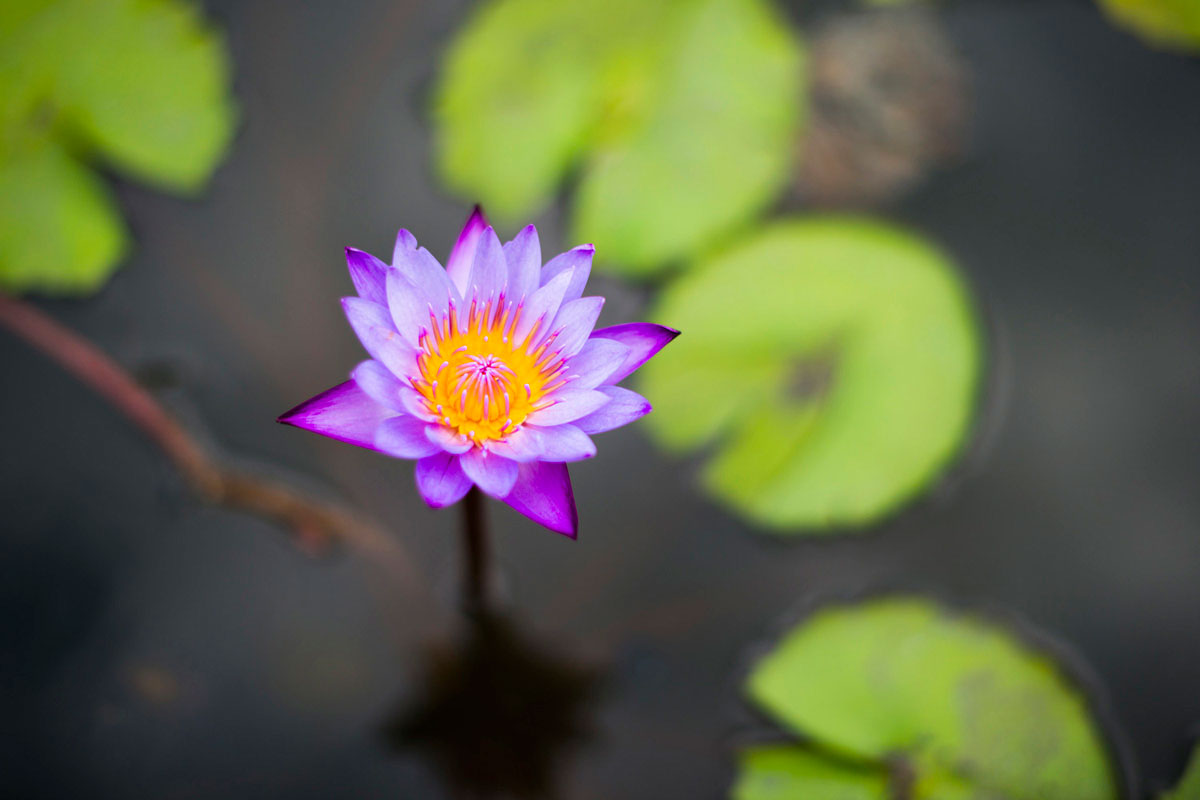
“Flor” at f/1.8 1/1250 ISO200; depending on your subject, the f/1.8 aperture is more than sharp enough.
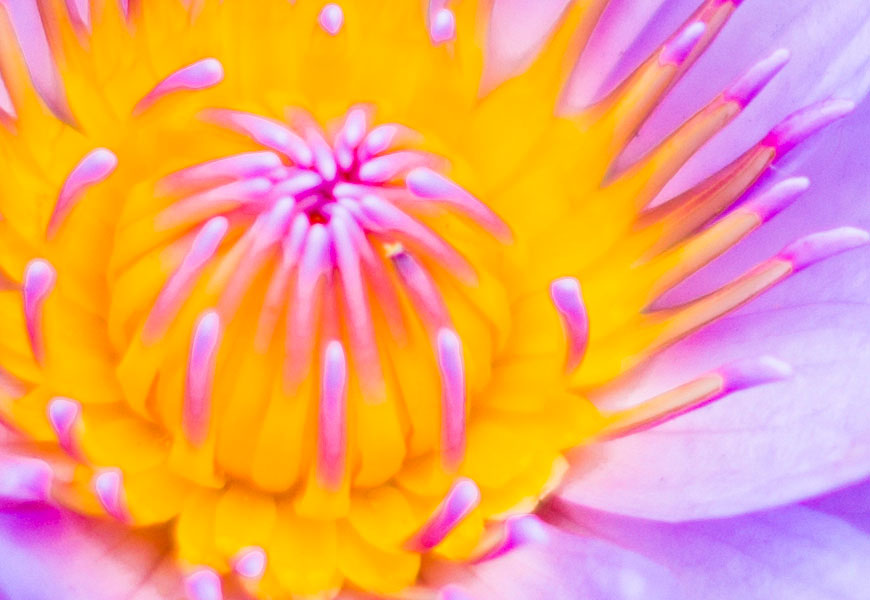
100% crop, good results half a stop down.

100% crop, the resolution is excellent for large prints.
F/5.6 and up we reach the diffraction limit of the D800E, and I would only recommend stopping even further for deep landscapes. We can see every tiny detail that modern, large sensors can render, and it’s even possible to heavily crop the files for tightening your framing, without loosing too much resolution. It’s so much information that it doesn’t look from such a light lens. It’s ideal for urban or nature scenes, and the new generation of high resolution DSLR imagers.
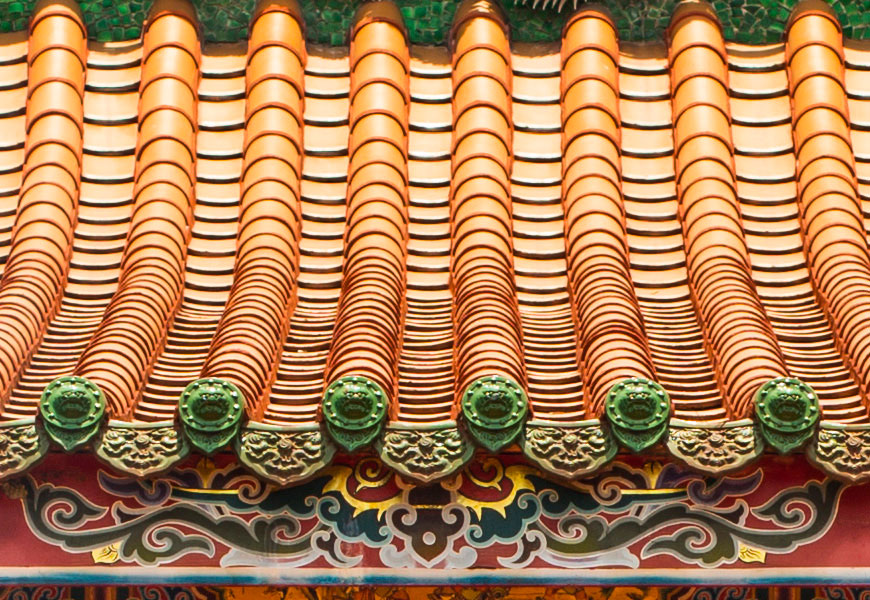
100% crop, very impressive detailing on the D800E.
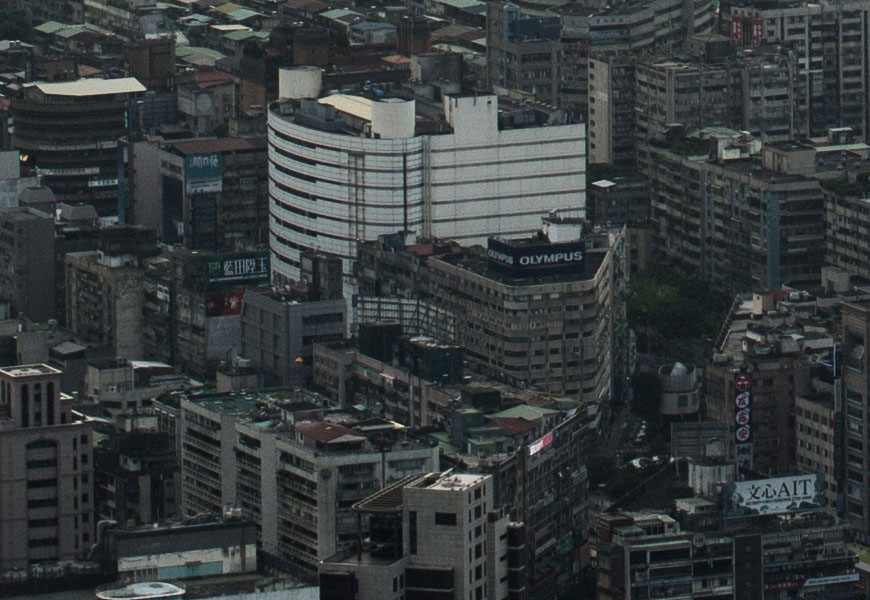
100% crop, faraway billboards are perfectly rendered.

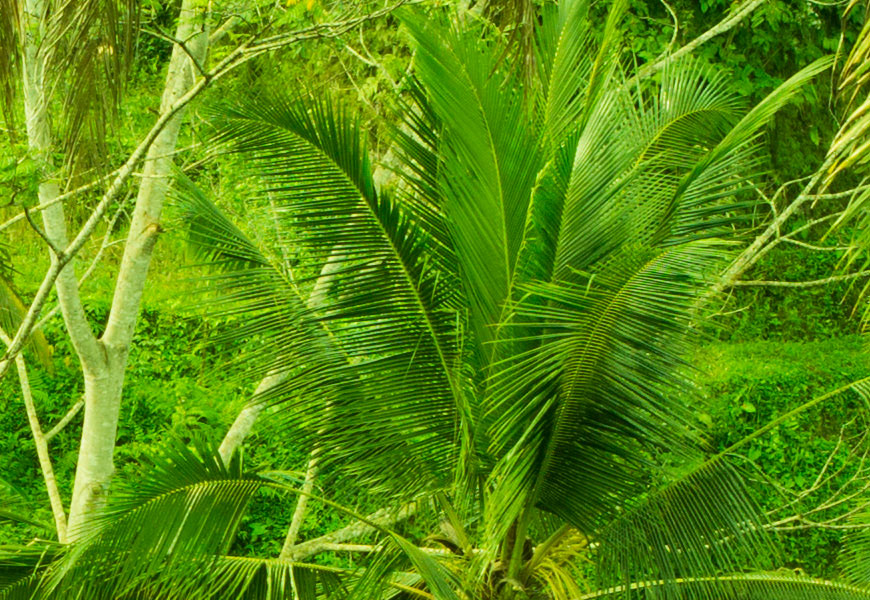
100% crop, every single leaf was recorded.

100% crop, f/11 shows some diffraction at 36MP.
Other optical shortcomings as high geometric distortion, lateral and axial CAs and vignetting are not too visible and only happen if you use the lens in the wrong way. Chromatic aberration occurs wide open during the day; distortion is noticeable only at minimum focusing distance; and the vignetting, which I like, appears only in low light. Finally, I refuse to consider them “defects” because all together they give what I call “personality”, a “character” that I value in most lenses.
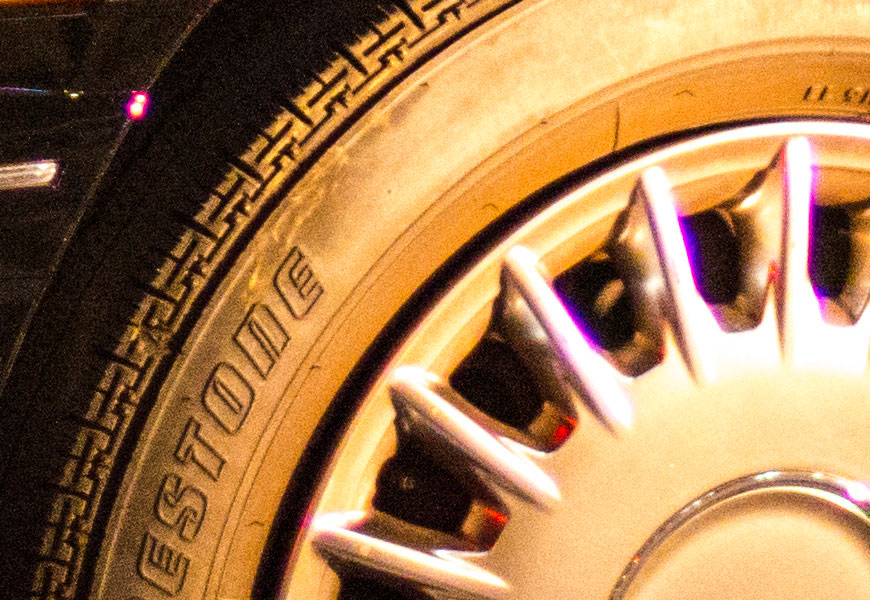
100% crop, purple halos on high contrast areas.
The advantages of such a large aperture go way beyond the 4x more light capabilities than a f/2.8 zoom, or 10x an f/5.6 kit zoom. The depth of field is very shallow and another selling point of prime lenses. On an everyday basis I found the background to be perfectly smooth, making it easy to isolate the subject. Colours are more on the red side, different from other AF-S G lenses that are balanced to greens and yellows. Some images almost “bleed” depending on how you’re printing, fantastic for asian temples. It seems like the japanese “tune” their lenses for culture shots, and it’s on that side of the globe that I understand what they’re doing with colour and high res. sensors.
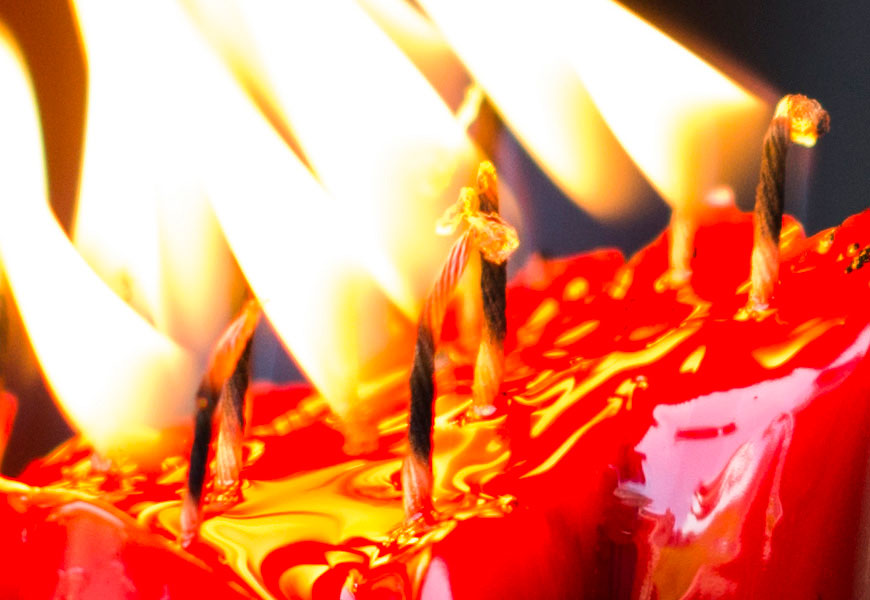
100% crop, a nice increase in sharpness for the details.
Finally a prime top of the line Nikon that does not ask an absurd price for personality and looks. The construction is cool and fun to use, though not perfect at the manual focus ring. And while it doesn’t give you technically perfect files, photography is more about a creative experience with composition, interesting subjects and the ease of use; not just “optical performance” figures. And its this phenomenal experience that Nikon delivers on the AF-S 50mm f/1.4G. Nice shooting!